
Agia Marina Church
Odou, CY
The building is located in the eastern part of the village.
Here you can search for a building to visit. You can use the map find destinations, or you can use the filters to search for a building based upon what different criteria.

Odou, CY
The building is located in the eastern part of the village.
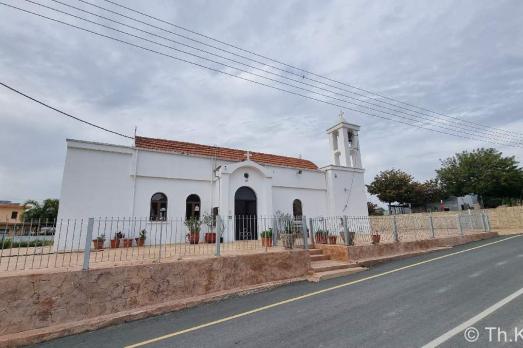
Anglisides, CY
The building is located in the southern part of the lower village part.
Ora, CY
The building is located in the centre of the village.
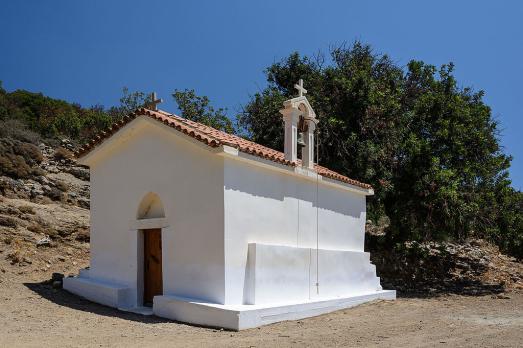
, GR
Agia Marina Church is a small church near the beach of Agia Marina, not far from Ano Rodakino in southwestern Crete.
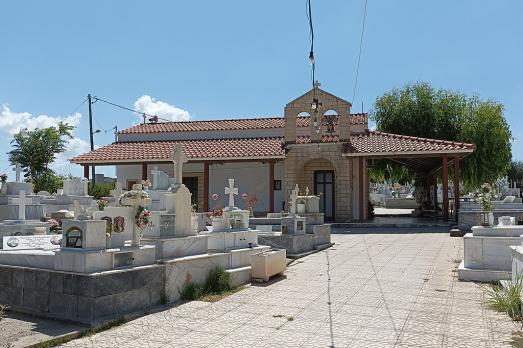
Chania , GR
Agia Marina Church is an Orthodox chapel in the Cemetery of Agia Marina.
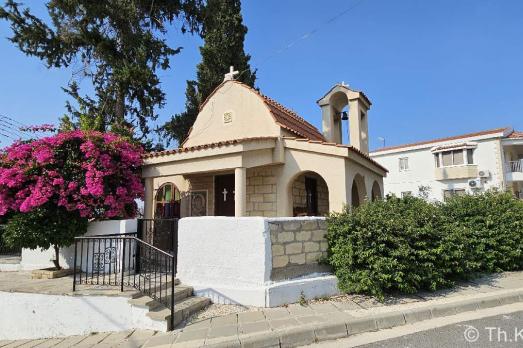
Aradippou, CY
The building is located in the northern part of the village.
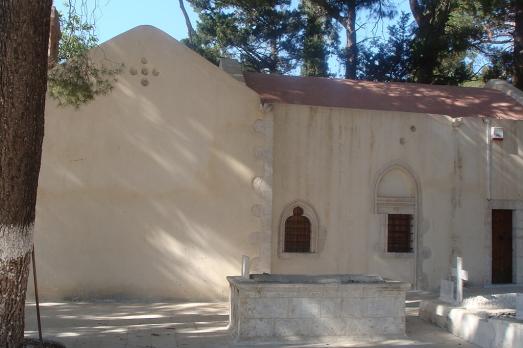
, GR
Agia Moni (or Monastery of the Assumption of the Virgin Mary) is an active male monastery 4 km from the village of Ano Viannos. The monastery's church is dedicated to the Assumption of the Virgin Mary.
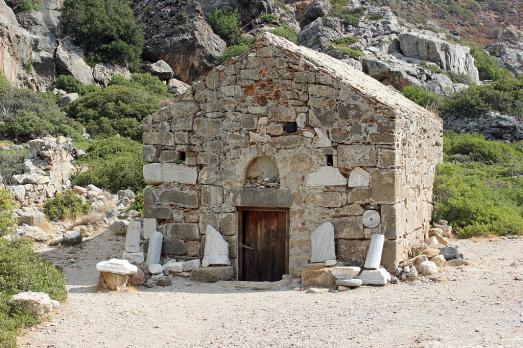
Lissos, GR
The Church of Virgin Mary (Agia Panagia) in Lissos is a single aisled stone chapel near Lissos beach, between the villages of Paleochora and Sougia.

Mosfiloti, CY
The building is located on the western edge of the village.
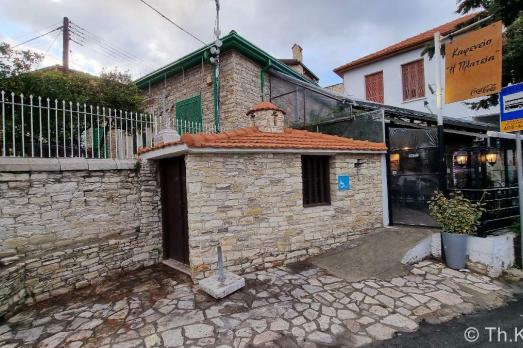
Pano Lefkara, CY
The building is located in the northern part of the village.

new
The Chassidic Route is a cultural and historical trail tracing the rich legacy of Jewish communities in southeastern Poland and western Ukraine. This region was central to the rise of Chassidism in the 18th century. Here, we highlight 10 remarkable synagogues you’ll discover along this route.

he cradle of the Industrial Revolution in Germany, Chemnitz, is well-known for its industrial heritage landscape, but the city is also home to remarkable examples of religious architecture from different historical periods. Join us as we explore the key landmarks of this European Capital of Culture 2025.

The twin towns of Nova Gorica (Slovenia) and Gorizia (Italy), lying on the border between the two countries, have a rich religious heritage, steeped in centuries of tradition. If you are looking for ideas for your visit, take note of these 10 religious sites that you should not miss.